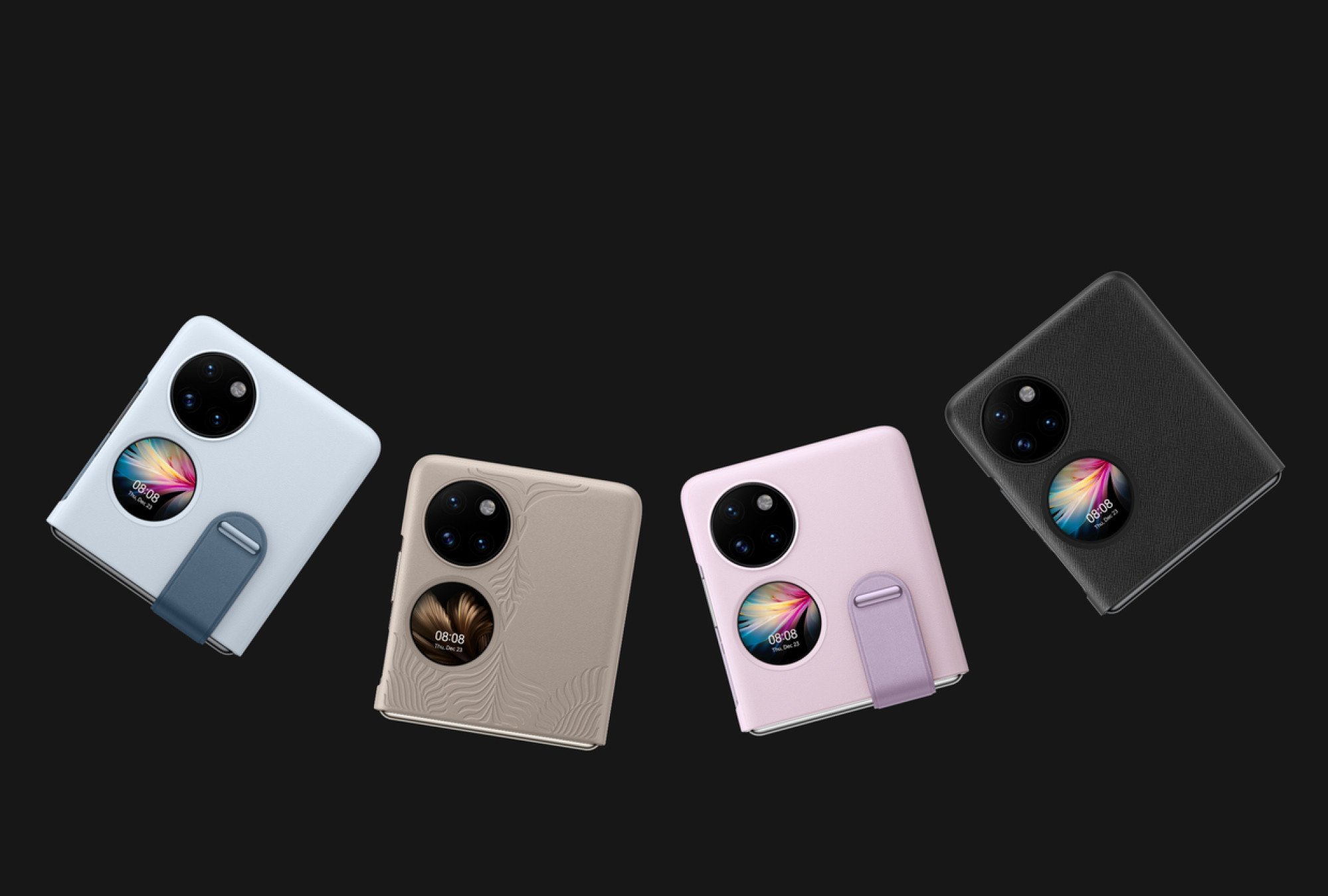
Review | Huawei P50 Pro review: one of the best smartphones in the world – if Google apps and 5G came with it. They don’t
- Huawei’s new flagship smartphone comes with incredible cameras, stunning design, great video stabilisation and a 6.6-inch, 120Hz display
- But US sanctions mean there’s no Google Play Services, Google Maps (and related third-party services), plus no 5G, and portrait mode photos are below par
“Giving up” seems not to be in the vocabulary of Huawei’s management. But you’d think by now they would have done exactly that.
Despite massive obstructions due to sanctions imposed by the United States over concerns that Huawei phones could be used by the Chinese government to spy on users, the Shenzhen, China-based company is still trying to sell premium smartphones in Asia, Europe and other places.
Check online or at your local electronics store and there’s a good chance you’ll find the new Huawei P50 Pro flagship and its flip phone sibling, the Huawei P50 Pocket.
In terms of visuals, they easily stand out from the competition. On the P50 Pro, the quad-camera system from Leica housed in two massive black circles on the back is a real eye-catcher.

If you like taking photos on your phone, then you can look forward to a camera system in the P50 Pro that delivers low image noise and a large dynamic range. Even in the dark it still takes great pictures, while many other smartphones show a blur of pixels.
In video mode, the P50 Pro delivers good white balance transitions and a stable autofocus. Detail accuracy in indoor videos also scored high in our tests, mostly because Huawei has managed to stabilise the pictures effectively.
Huawei might have to improve the camera software in one area, however: in portrait mode, a very shallow depth of field caused large areas to be blurred in some situations.
For the design, Huawei relies on a polished aluminium frame with slightly curved Gorilla Glass on the front and back of the P50 Pro’s casing. This makes the device feel extremely thin.
Although the phone does not offer much volume for audio, the stereo speakers sound comparatively rich. The 6.6-inch OLED screen with a refresh rate of up to 120 hertz is also stunning for content.

For anyone considering buying a Huawei, you should know the main chip of the P50 Pro has made a concession. Huawei is not allowed to install the best chipsets due to US sanctions.

You also need to make a few compromises in terms of software. That’s because, as with all current Huawei models, the P50 Pro has to make do without Google’s Play services.
That means no Play Store, no Google Maps, no other Google apps. Third-party apps that rely on Google services like Maps are also excluded.
Instead of Android 12 from Google, Huawei relies on Emui 12, which is based on the open-source variant of Android 11 without Google services. Instead of Google Search and Maps, there is Petal Search and Petal Maps. Where you’d expect to see the Play Store, you find the AppGallery.
Alternative stores for Android apps, such as F-Droid, can also be installed. That means you can sideload some familiar apps, but not all of them.
Many users will miss the familiar features and apps available on Google’s infrastructure. While some can be replaced, overall it’s a less smooth experience than with unsanctioned smartphone manufacturers.
The main restrictions – no 5G and no Google services – basically also apply to the P50 Pocket. However, they might not play such a big role in this pretty foldable.
It doesn’t matter whether it’s in your pocket or on the table in a cafe or bar – just like the Motorola Razr or the Samsung Galaxy Z Flip3, you can fold this phone up so that it takes up far less space.

The device closes perfectly flat, better than the competitors’ flip phones. A long-term test will have to prove how robust the hinge is over a longer period of time.
The gold-coloured premium P50 Pro with 12GB of RAM and 512GB of internal storage costs a steep €1,599 (US$1,830) / HK$7,988. In white with 8GB RAM and 256GB internal storage, it is €1,299.
Were these two Huawei phones to come with Google services and 5G support, they would easily be in the running for the world’s top smartphones. But they just won’t be enough to win over most users.

